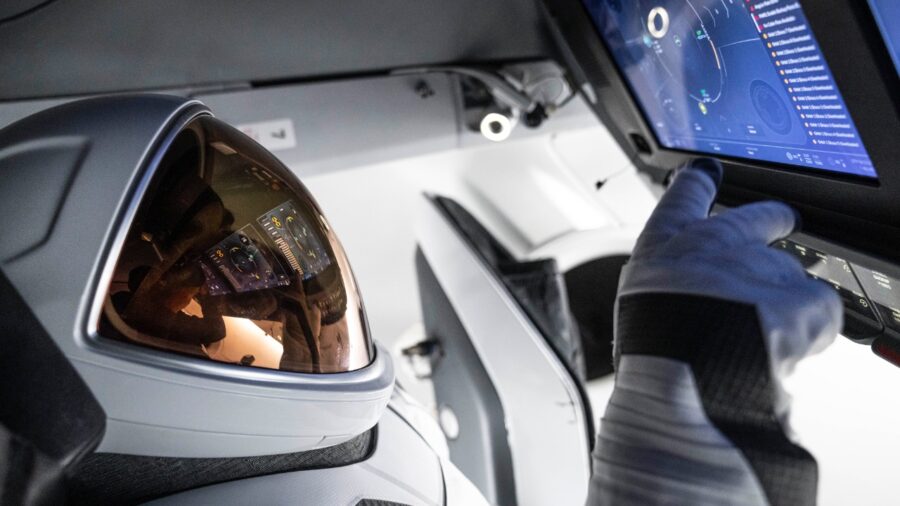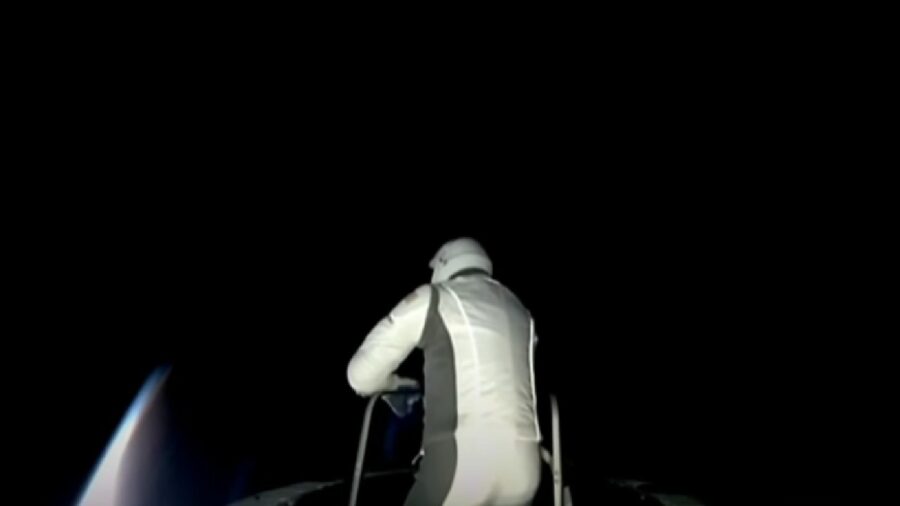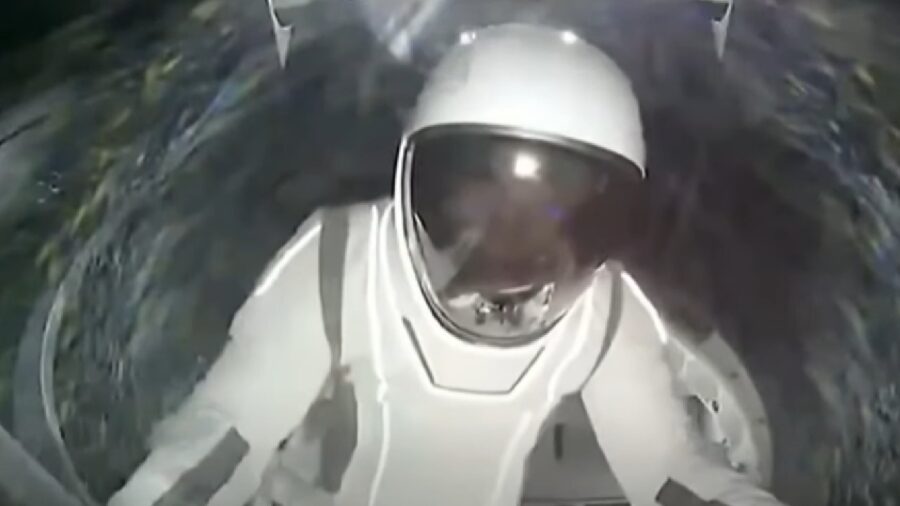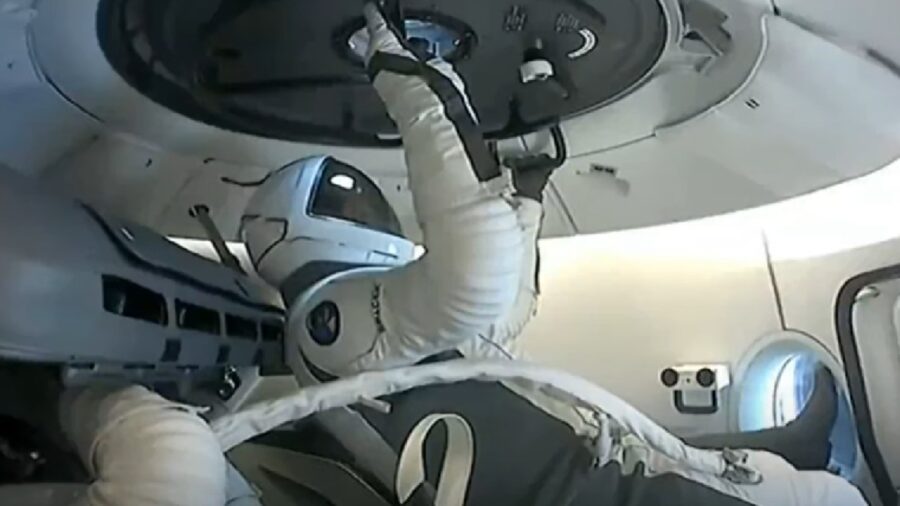Polaris Dawn Spacewalk Makes History

In what is being described as a “giant leap forward for the commercial space industry,” two astronauts aboard the Polaris Dawn Dragon spacecraft made history by becoming the first people to perform a spacewalk on behalf of a private company. Following weeks of enduring various weather delays, the Polaris Dawn mission successfully launched from Launch Complex-39A at NASA’s Kennedy Space Center on September 10 aboard a Falcon 9 rocket from SpaceX.
Just two days later, billionaire Jared Isaacman and SpaceX engineer Sarah Gillis became the first private citizens to venture into space when they performed their two-hour spacewalk while hovering over 450 miles above Earth.
The First Spacewalk By Space Tourists

In the early morning hours of September 12, Issacman emerged from a small hatch on the Polaris Dawn Dragon spacecraft and stepped into space, becoming the first private citizen in history to conduct a spacewalk. Despite the name, Issacman didn’t exactly do much walking in space, instead performing a series of motions and stretches while keeping at least one arm or leg inside the hatch at all times. “Back at home, we all have a lot of work to do. But from here, it sure looks like a perfect world,” Isaacman said while hanging outside of the spacecraft.
Putting SpaceX Spacesuits To The Ultimate Test

The goal for Issacman and the Polaris Dawn spacewalk was to test SpaceX’s brand new spacesuits, gauging the suit’s capabilities to perform tasks outside of a spacecraft. Following his 10-minute demonstration, Issacman then retreated back into the hatch to allow Gillis the opportunity to take in the rare view. The SpaceX engineer then performed a similar demonstration as Issacman, waving her arms and legs and bobbing her head up and down, ensuring that the spacesuit was adequately designed.
The Smell Of Space

After reporting back to mission control down on Earth, Gillis took in one final look in space before heading back inside the spacecraft and sealing the hatch. When all was said and done, the Polaris Dawn spacewalk lasted one hour and 46 minutes, ending just before 8 a.m. EDT. “Whew! Smell that? Space,” Isaacman said after he and Gillis waited inside the hatch for the pressurization process. “Nice job for everyone at SpaceX who made it possible.”
Congratulations From NASA
The Polaris Dawn spacewalk may have only lasted about the length of your average feature film, but the significance of the historic moment in space exploration wasn’t lost to those on Earth. In a celebratory post on X, formerly known as Twitter, NASA Administrator Bill Nelson congratulated the successful mission. “Today’s success represents a giant leap forward for the commercial space industry,” Nelson wrote.
Raised Millions For Charity

In September 2021, Issacman and a crew of three other astronauts became the first orbital spaceflight with only private citizens aboard as part of a charitable effort on behalf of St. Jude Children’s Research Hospital, raising over $240 million for the charity. The Inspiration4 space mission also became the first crewed splashdown in the Atlantic Ocean since Apollo 9 in 1969, when it landed just off the coast of Florida.
A New Era Of Space Exploration

Just five months later, Issacman announced the development of the Polaris program, which originally targeted a mission date in late 2022 to perform the Polaris Dawn spacewalk, only to be bogged down by delays caused by concerns over space wear and for technical issues. Despite the extended delays, the eventual success of Polaris Dawn has opened the door for more privately funded space missions in the future.
Source: AP













